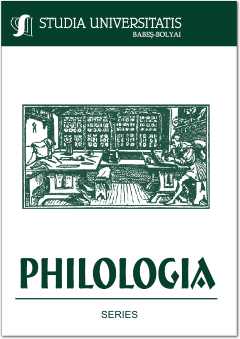BEWAHREN DER DEUTSCHEN IDENTITȀT UND SPRACHE IN GROßRUMȀNIEN. DAS VEREINSLEBEN
PRESERVING THE GERMAN IDENTITY AND LANGUAGE IN ROMANIA AFTER 1918. CULTURAL ASSOCIATIONS
Author(s): Iulia-Elena ZupSubject(s): Cultural history, Sociology of Culture, Philology
Published by: Studia Universitatis Babes-Bolyai
Keywords: associations; Germans of Romania; Weimar Republic; Greater Romania; German language and identity;
Summary/Abstract: Preserving the German Identity and Language in Romania after 1918. Cultural Associations. The present paper explores some cultural sociological aspects of the economic, leisure-related and professional associations of the German minority living in Romania at the time of the Weimar Republic (1918-1933), in the context of the social-political transformations and the development of the modern, interwar Romanian society. Although German associations existed in the now Romanian territories before 1918 as well, many new associations were founded and the activity of the already existing ones flourished during the interwar period. The associations are analysed in respect to the regions in which the Germans of Romania lived (Transylvania, Banat, Bukovina, the Romanian Old Kingdom and Bessarabia), the type of association, their objectives, publications and activities. The establishment of so many associations at the time of the Weimar Republic and their intense activities reveals, on one hand, the endeavours of the German minority to preserve its language and identity, and on the other hand, the freedom that the German community enjoyed – in other words, quite a liberal cultural politics of the Greater Romania. The associations were a part of the development of a socio-cultural field which granted the Germans a special place in Romania’s cultural history.
Journal: Studia Universitatis Babes-Bolyai - Philologia
- Issue Year: 66/2021
- Issue No: 3
- Page Range: 87-105
- Page Count: 19
- Language: German

